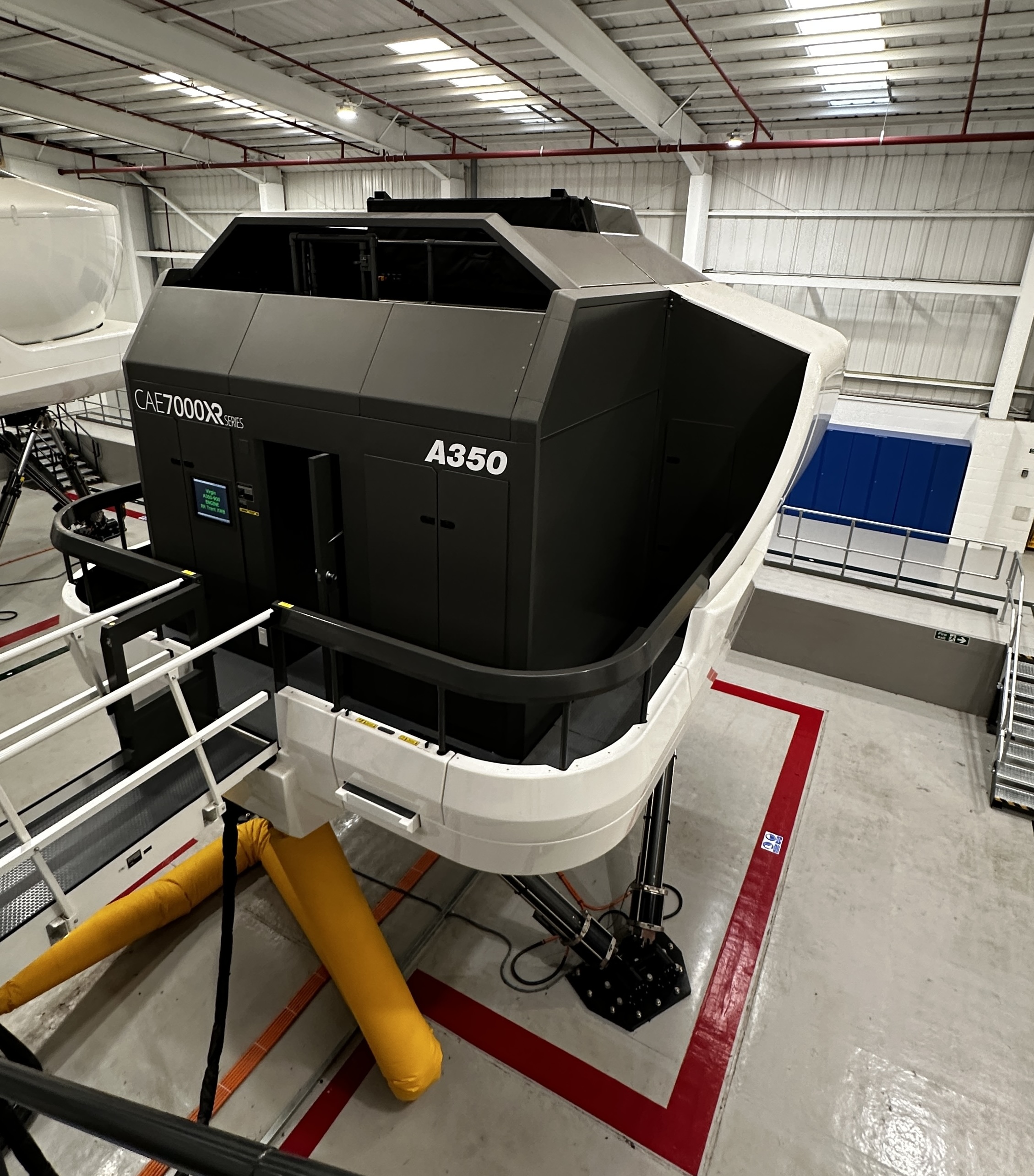Why Your Plane Isn’t Dropping After Takeoff (Even If It Feels Like It Is)
Mar 24, 2025Hi, I’m Flyman Simon - Airline Captain and Fear of Flying Coach.
Let me guess, you’ve felt this before: You’re climbing out after takeoff, everything feels strong and steady… then suddenly, the engines go quieter, the nose levels off slightly, and you feel that strange sinking feeling in your stomach. It’s enough to make anyone worry - has something gone wrong? Has the plane started to fall?
Let me reassure you straight away. No, the aircraft is not dropping. It is still climbing exactly as it should. What you are feeling is a completely normal illusion - and once you understand why it happens, it will never catch you off guard again.
Why Does It Feel Like the Plane Is Dropping After Takeoff?
This sensation tends to happen at around 1,000 feet above the ground. You might notice three things:
- The engine noise reduces slightly
- The climb angle feels less steep
- You feel a slight “drop” in your stomach
Many passengers interpret this as a sign that the aircraft is losing power or descending. In reality, the aircraft is still climbing steadily. What you are experiencing is your inner balance system being temporarily fooled.
The Science Behind the Sensation
Your body’s sense of motion depends on three key systems working together:
- Your eyes: what you can see (which, on a plane, is often very limited)
- Your inner ear: a fluid-based system that senses movement and position
- Your brain: which pulls together information from both and tries to make sense of it
During takeoff, the aircraft uses full thrust and climbs steeply. Your inner ear detects strong acceleration and your brain understands, “we’re moving upwards quickly.”
Then, at around 1,000 feet, the pilots reduce power slightly and the climb becomes less steep. That change in acceleration tricks your inner ear. Without strong visual cues, your brain interprets this change as a descent - even though the plane is still climbing.
This illusion is so powerful, even pilots experience it during simulator training. And trust me, those simulators barely move at all.

Why Do Pilots Reduce Engine Power After Takeoff?
This is a standard and carefully planned part of every flight. Here’s why we do it:
1. Noise Abatement
Airports often sit near residential areas. To reduce noise for people living nearby, pilots follow noise abatement procedures. These include a programmed engine power reduction once the aircraft has passed a safe altitude, usually around 1,000 feet.
2. Engine and Fuel Efficiency
The engines deliver maximum power for takeoff, but that level of thrust is not needed to continue climbing once airborne. Reducing power:
Lowers stress on the engines, extending their lifespan
Saves fuel, which is better for the environment and keeps operations efficient
3. Passenger Comfort
A slightly shallower climb makes for a more comfortable ride. It also helps with cabin pressure control and creates a smoother transition to cruising altitude.
So, when you hear the engines quieten down after takeoff, it is not a sign that something is wrong. It means the aircraft is settling into its planned, efficient climb.

Even Pilots Get Fooled By This Sensation
Flight simulators are designed to trick the senses. They barely move a few feet in any direction, yet they create the full illusion of motion using sound, visual movement, and slight tilts.
In a simulator, when it tilts gently forward and the engine noise reduces, even seasoned pilots feel as though they are diving - despite the fact they are sitting still. The brain is that easily convinced.
So when you feel that familiar stomach-drop after takeoff, remember this: your body is reacting to a perfectly normal change in climb angle and engine power. It is not an indication of danger.
Quick Reassurance Checklist
If you ever feel that dropping sensation after takeoff, remember:
📋 The aircraft is still climbing
📋 Engine power reduction is normal and planned
📋 This sensation happens to pilots too
📋 It is a harmless illusion created by your inner ear
📋 Pilots are following standard noise and efficiency procedures
Want to Feel Calmer Every Time You Fly?
Why not have the next best thing to me sitting next to you? I've recorded 48 chapters where I talk you through every stage of a flight as it happens so you can listen along as you fly. Not only that, but it also covers pretty much everything else that could happen outside a normal flight: de-icing, go-arounds, holding, Turbulence, and even coping methods to keep you calm. All to give you the information you need to feel safe and secure next time you fly. And if you get it now, it's half price. Take a look; it's all explained here:
> 🛫 Get Your PILOT COMPANION Here 🛫 <
You’ll learn exactly what’s going on, why it’s safe, and how to manage your body’s reactions when anxiety creeps in.
Alternatively, if you'd like something specifically for Turbulence, we have you covered with our three-book package here > 📋 Turbulence Trio Package 📋 < that's the link.
And if you want more reassuring reads, there are plenty of my Fear of Flying Blogs waiting for you. Just click the ‘Blog’ link at the top of the page and dive in.
Fly Happy, Fly Safe!
Captain Flyman Simon
p.s. If you'd like info like this on a different topic each week join the > 📋 Free Weekly Flyphobia Newsletter 📋 < that's the link.

Join Thousands of People Conquering a Fear-Of-Flying Now!
Get started today 🛫👇



